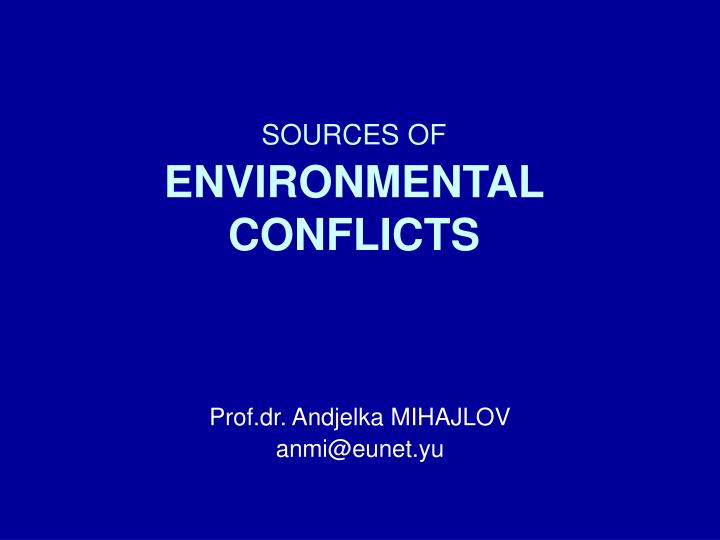

These legacies are also a problem around overseas bases where one-sided agreements with host nations can reduce environmental oversight. These continue to grow as emerging pollutants like PFAS are identified. Ī history of weak environmental oversight has left many countries with serious environmental legacies linked to military pollution, with impacts on public health and vast costs for environmental remediation. Historically, vast quantities of surplus munitions were also dumped at sea. The same is also true for conventional weapons, particularly where they are disposed of through open burning or detonation. It is not just the most hazardous nuclear and chemical weapons that create environmental problems throughout their lifecycle.

Sustaining and renewing military equipment and materiel means ongoing disposal costs, with implications for the environment. Military training creates emissions, disruption to landscapes and terrestrial and marine habitats, and creates chemical and noise pollution from the use of weapons, aircraft and vehicles. While excluding public development from these areas can benefit biodiversity, the question of whether they could be better managed as civil protected areas is rarely discussed. In many cases these are ecologically important areas. Military lands are believed to cover between 1-6% of the global land surface. Militaries also need large areas of land and sea, whether for bases and facilities, or for testing and training. We estimate that militaries are responsible for 5.5% of all greenhouse gas emissions globally, however military emissions reporting to the UN Framework Convention on Climate Change is poor. The CO 2 emissions of the largest militaries are greater than many of the world’s countries combined. Military vehicles, aircraft, vessels, buildings and infrastructure all require energy, and more often than not that energy is oil, and energy efficiency is low. Maintaining military readiness means training, and training consumes resources. These might be common metals or rare earth elements, water or hydrocarbons. Building and sustaining military forces consumes vast quantities of resources. The environmental impact of wars begins long before they do.


 0 kommentar(er)
0 kommentar(er)
